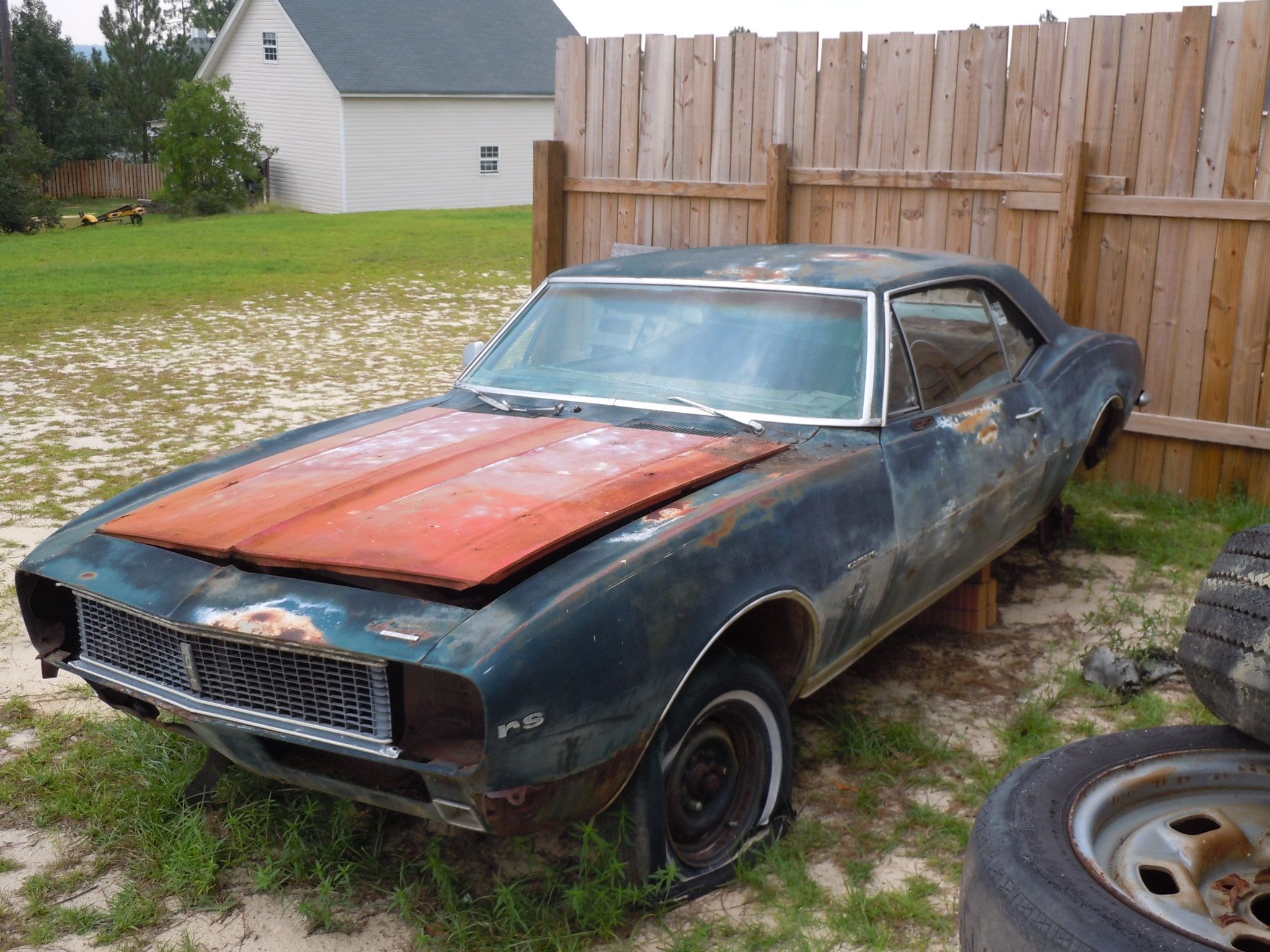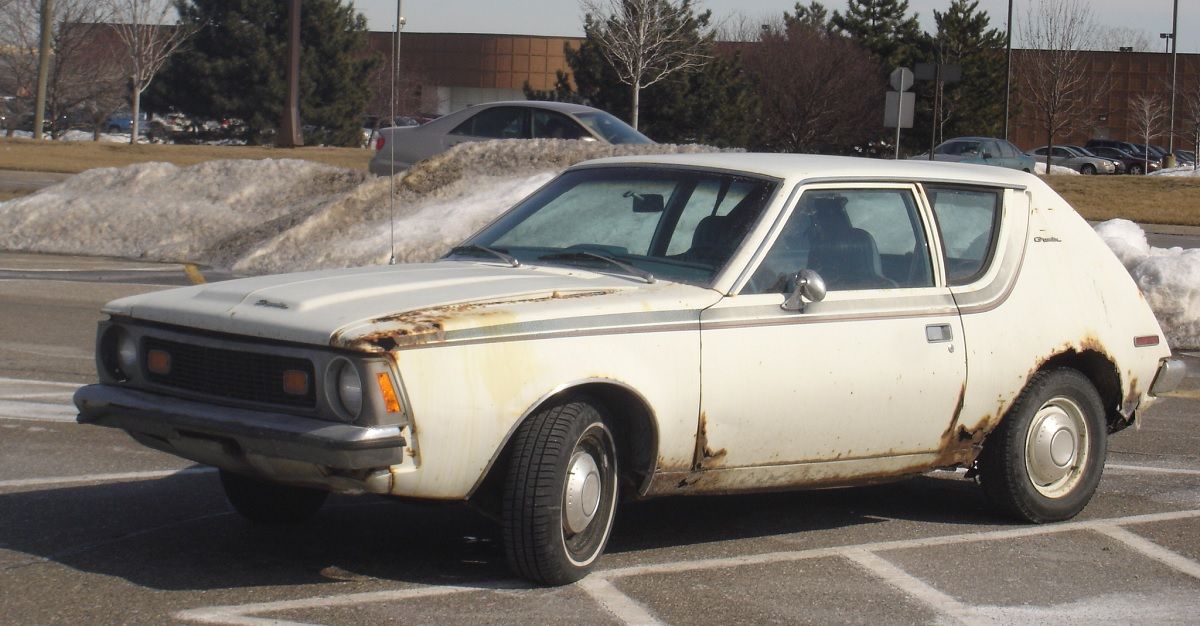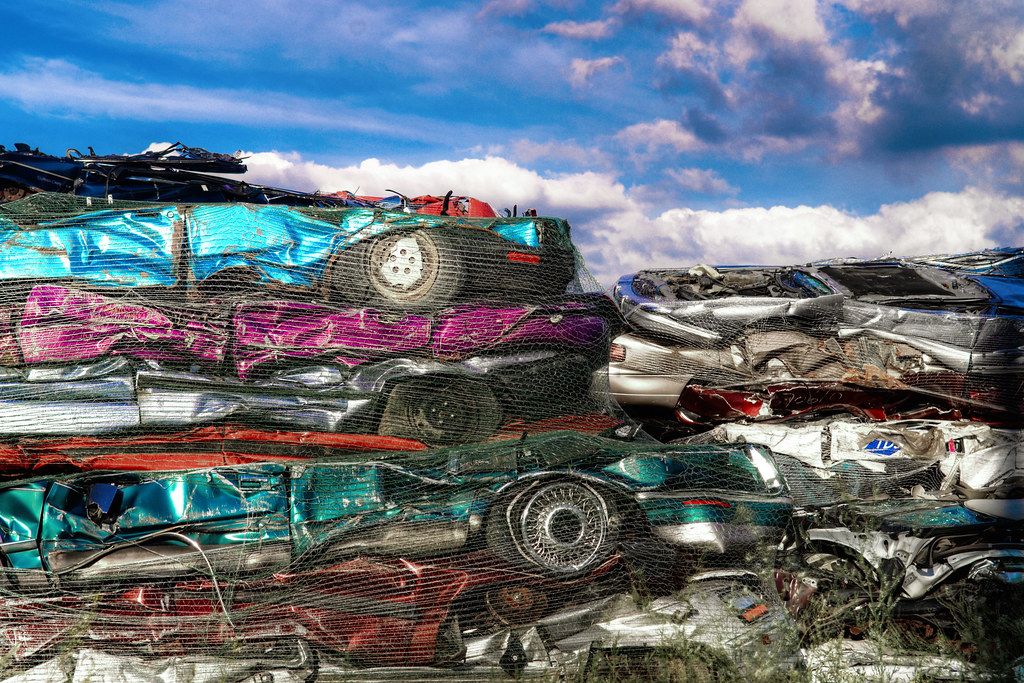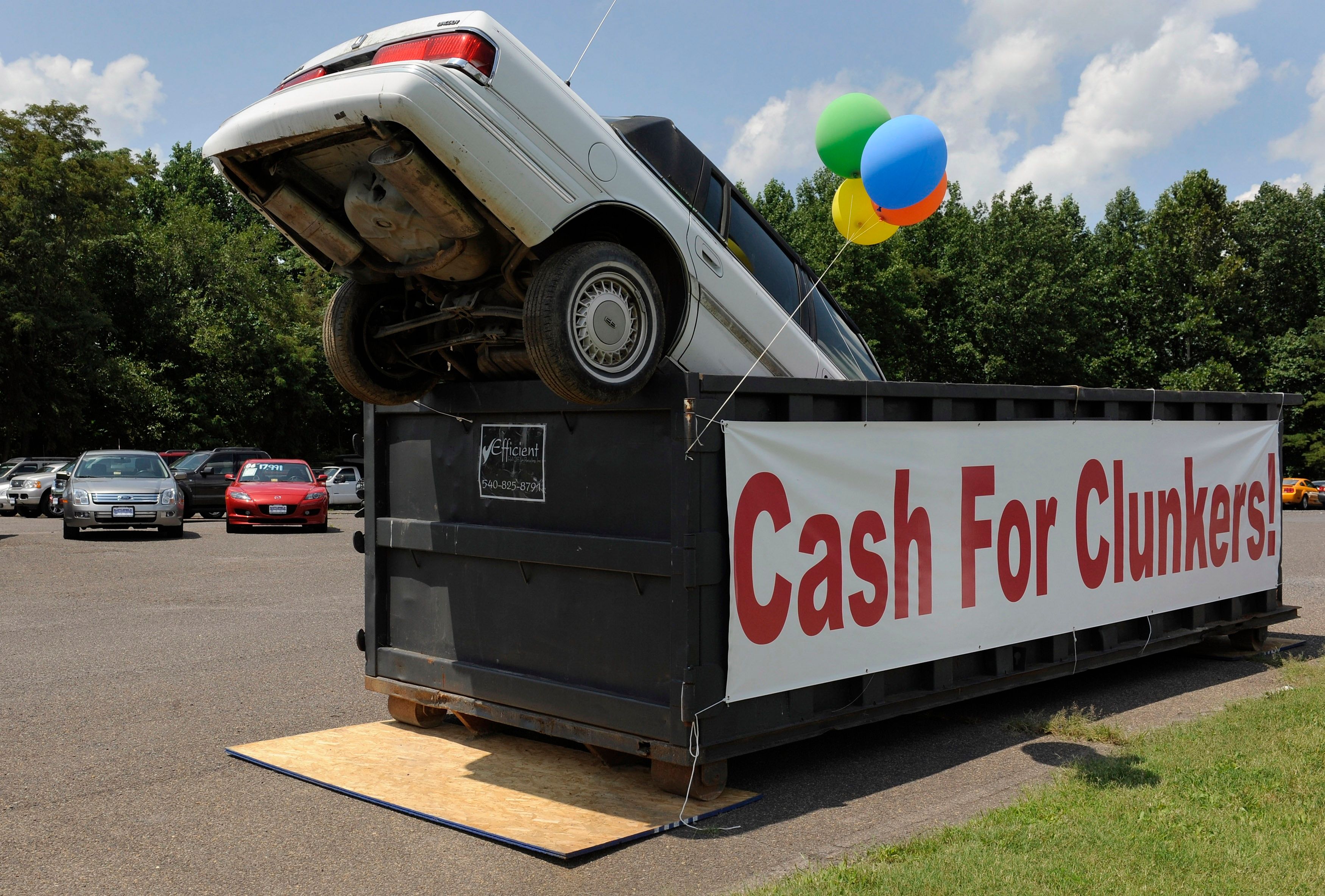If you’re shopping for a new car and want to make sure that your next vehicle gives you the most bang for your buck, government incentives might be what you are eyeing. But before taking that step we recommend reading our guide on what you should know about Cash For Clunkers before deciding which government program is more promising.
While this program has now ended, the information in this guide can still benefit anyone looking to purchase a new vehicle in the future, whether it’s through cash-for-clunkers or another program run by your state government.
Here is everything you should know about Cash for Clunkers.
What Was Cash For Clunkers?
The American Recovery and Reinvestment Act of 2009, also known as ARRA or the stimulus, was a law enacted by Congress to jumpstart our economy. The program consisted of tax cuts, public works projects and other expenditures that aimed to stimulate America out of our recession.
One part of ARRA was known as Cash for Clunkers—the government paid $4,500 if you traded in your old car for a new car that got better gas mileage (25% more than what’s mandated by law). If you had an electric vehicle like a Nissan Leaf or Chevrolet Volt, you could make up to $8,500 from scrapping your old clunker.
Was It Worth The Time And Cost?
One of our favorite marketing sayings is, “The customer is always right”. The problem, of course, is that many people can think they’re right and be wrong at the same time. The Cash for Clunkers program offered a fantastic opportunity to upgrade your vehicle with no out-of-pocket expense, but it was not going to get you into an Audi A6 if you drive a Yugo.
In order to take advantage of the most cash for clunker programs, you needed to be trading in a car that had reached eight or nine years old and had more than 100K miles put on it. So, yes, if you have a 2004 Civic with 150,000 miles—you might have qualified.
Common Arguments Against Cash For Clunkers
The government was essentially giving free money to businesses that were just going to turn around and buy new stuff. The taxpayer was footing a lot of their bill. It could have cost more than it saved.
People were not really trading in their old cars for new ones like they thought they would, so maybe it was not working? This raised more questions than it did answers.
What exactly did you need to get approved for cash for clunkers? What were some problems with people being able to game your system by faking pre-existing issues with their vehicles?
The program likely saved money at taxpayers' expense if consumers chose to buy more expensive vehicles. As well as placing additional strain on America's already fragile energy supply. This is because it encouraged people to drive more.
Common Arguments In Favor Of Cash For Clunkers
By getting rid of your old car and buying a new car, you were saving money on insurance, repairs, and gas. You would also be saving money by not having to purchase another vehicle at some point in the future.
Additionally, if you were able to turn in your old clunker with Cash for Clunkers, then you would have saved yourself even more money than if you had traded it in. This is due to trade-in value generally being a few thousand dollars less than what they would pay you in Cash for Clunkers.
It was geared towards reducing the carbon footprint. According to Environmental Protection Agency, vehicles are responsible for 19% of all American carbon emissions. So, if more Americans drove more fuel-efficient cars, there would be a decrease in carbon dioxide output, which means less pollution in our air and in our water.
This meant less carbon dioxide being released into the atmosphere as well as fewer gas emissions in general. Additionally, many older cars were to end up being recycled and turned into parts that go into other products like motorcycles and industrial equipment rather than ending up in landfills or incinerators.
Economy boost was another focus of the Cars for Clunkers program. The money spent on these cars and trucks provided an immediate economic boost and stimulated local economies by providing needed jobs at dealerships across America.
Why Cash For Clunkers Failed
Under its original guise, Cash for Clunkers was run by a new agency called Car Allowance Rebate System (CARS). It would cost taxpayers $2 billion to implement over six months and up to $4 billion in lost tax revenue.
The program was supposed to reimburse consumers 50% of a car’s value if it got poor gas mileage or was more than 13 years old. But before any money went out, CARS encountered problems collecting enough data on cars and buyers’ income levels, so it had to scrap initial plans. Even in Washington, a $2 billion price tag isn’t pocket change.
Cash for clunkers was well-intentioned, but it didn’t ultimately drive down gas prices. What’s more, it contributed to increased car prices and depreciation rates.
Cash for Clunker incentives was responsible for as much as 40% of a vehicle’s value at trade-in. This caused prices to rise because dealers knew they could charge more with each transaction. However, thanks to improved fuel efficiency standards, consumers now have better choices to replace their older vehicles.





